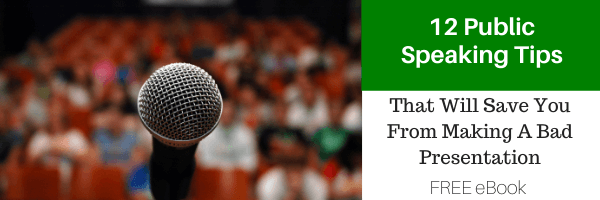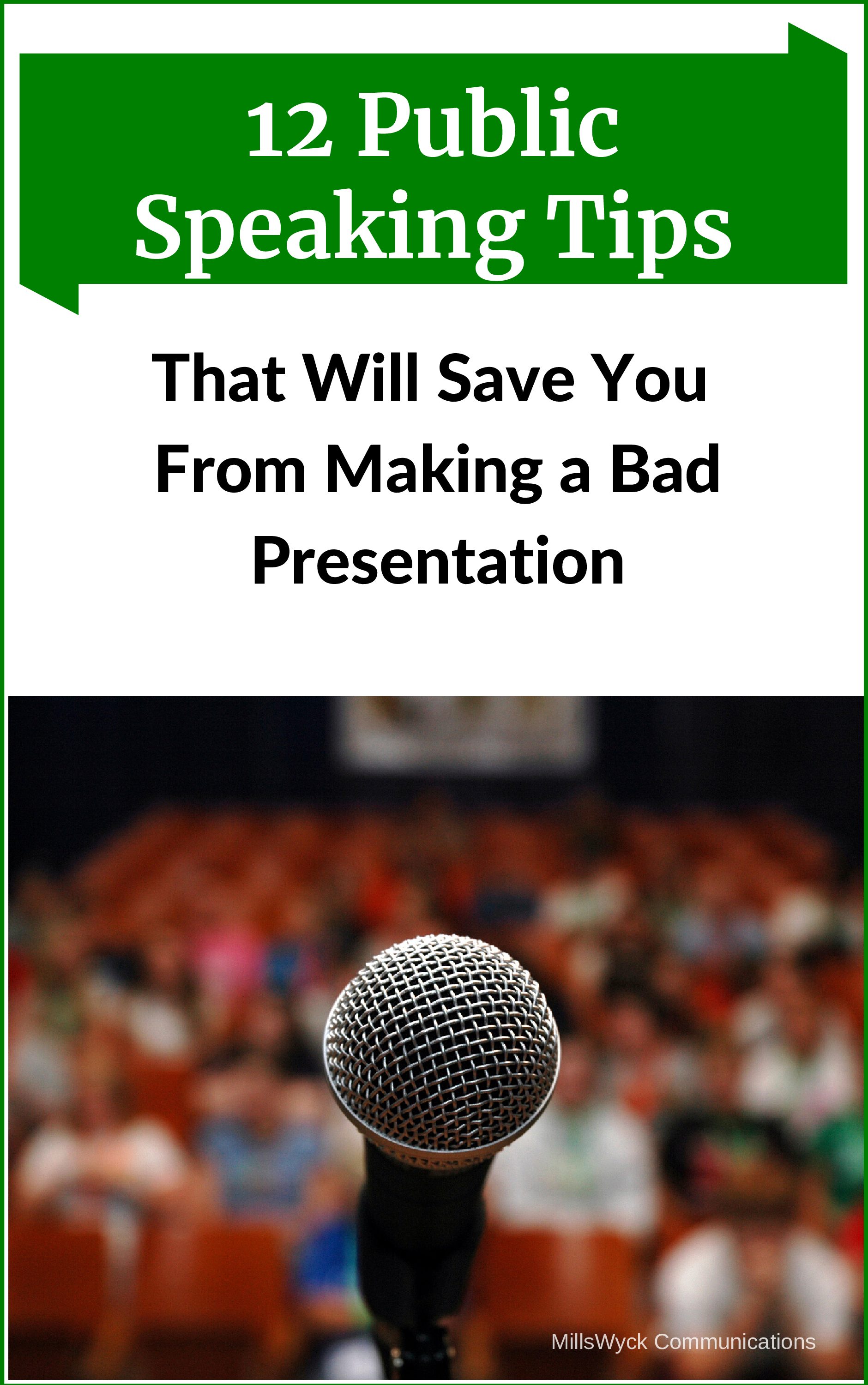I listened to an audio summary of Stephen R. Covey’s “The Speed of Trust” today. There’s some good stuff in there.
This blurb drew my attention: “We (the speakers) judge by intent; they (the audience) judge by observable behavior. You need to declare your intent to actively influence the conclusions others draw about your behavior, or they’ll make their own assumptions.“
There are two nuggets I regularly teach in there:
- People make their perceptions and judgments about speakers more from what the speaker does than what the speaker says. This is hard for really smart people to believe. They know their stuff and they expect that knowledge to woo the audience. It seldom does. In class I have people speak about inane topics like belly button lint, skinny dipping, and cloaking devices. Once they’ve learned the skills we are working on, they invevitably sound like an expert. It’s a wonderful exercise that the audience really ‘gets’ — behavior drives impressions. I teach this daily to my kids as well. I tell them they can do whatever they want; it’s the consequences and perceptions of others that they cannot choose.
- Lead with a statement of ownership. Let everyone know where you stand. Instead of a dogmatic statement that divides an audience, lead with an owned statement of opinion that promotes dialog and has the audience asking, “Why does he believe that?” It sure beats them thinking, “He’s an idiot.“
Of course, if #1 and #2 are not consistent, then we have a discrepancy, and what the audience believes is truly a mystery. The great study by Dr. Albert Mehrabian applies here. A lot has been written about his study (see here, for instance), but it is misquoted more than it is correctly referenced. The takeaway: Make your communication behavior consistent with your message. That’s something we should all agree on.
Lead with your claim — match your behavior to that claim. Gain the audience’s trust and get their attention and action.




